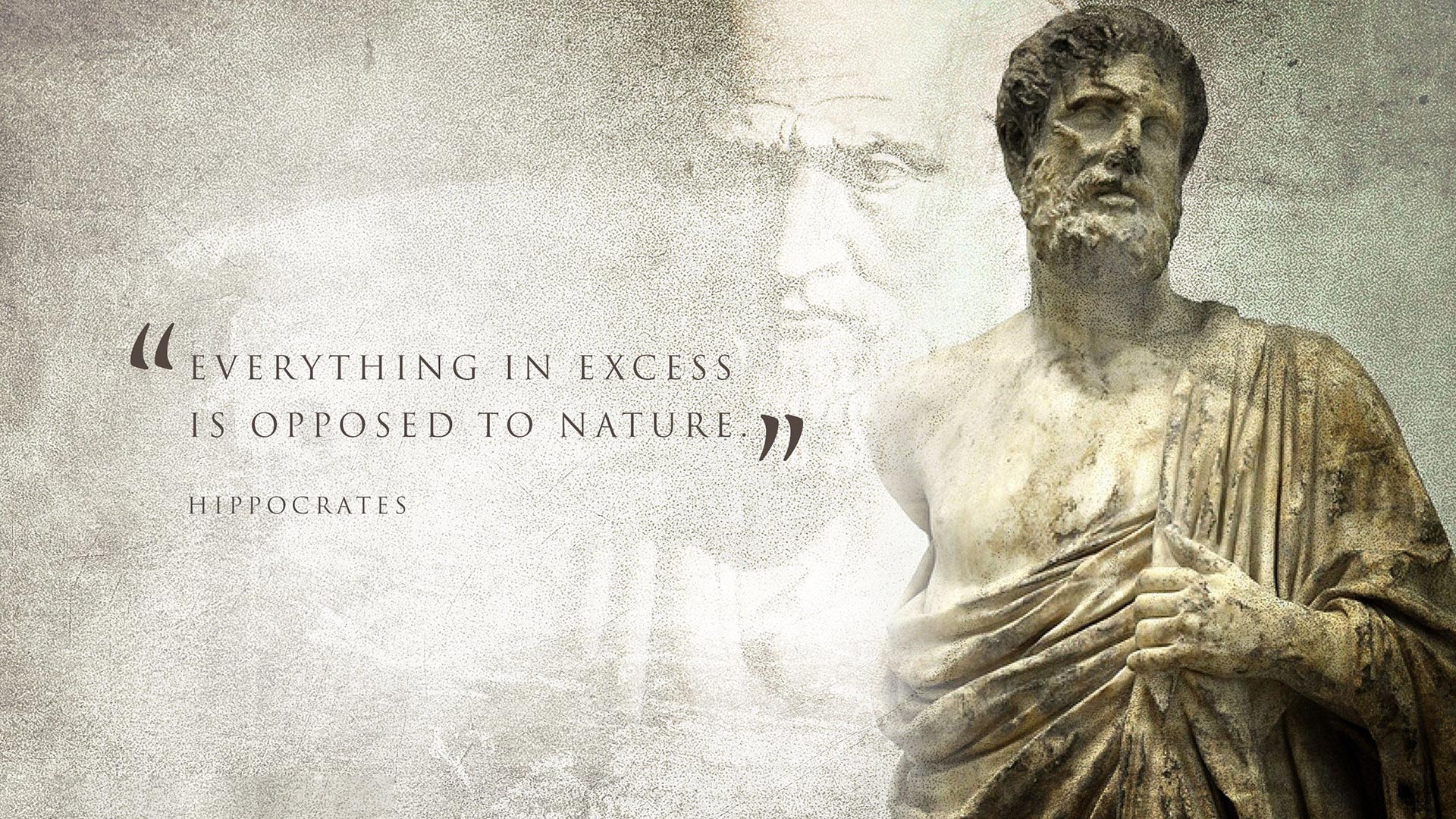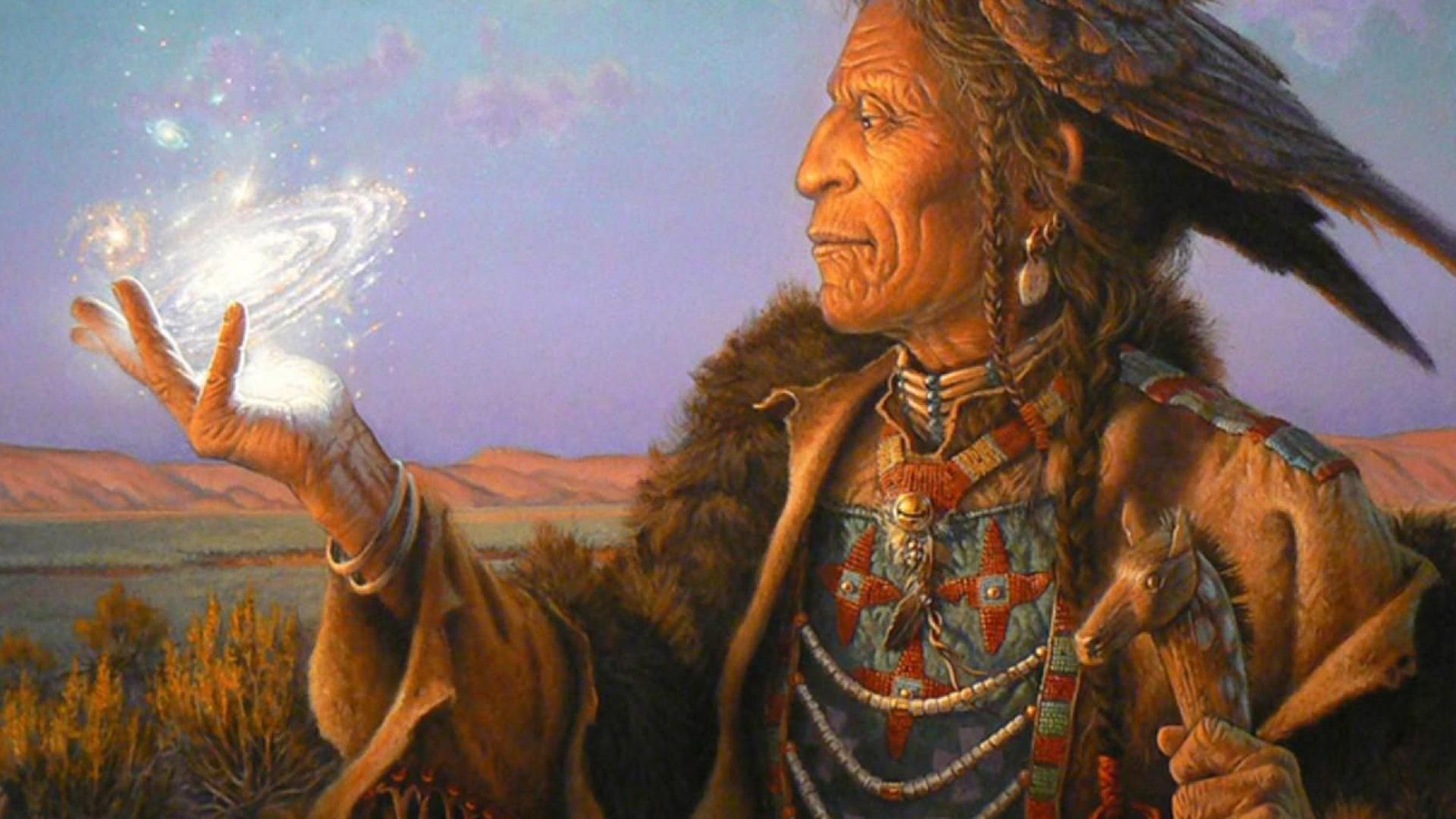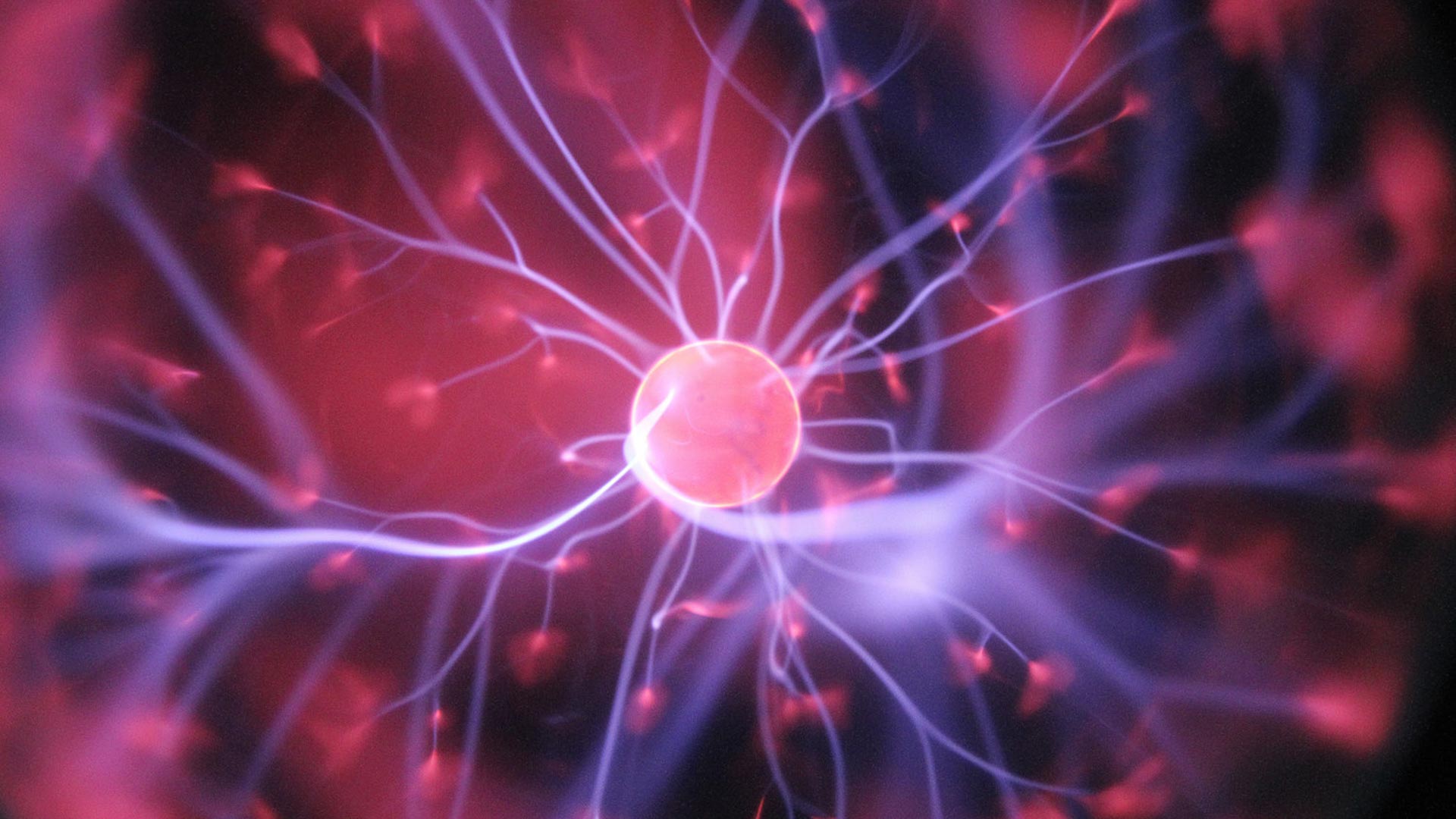Persons that perform spiritual healing are “shamans” that succeed in furthering the flow of spirit through them self.
Great Spiritual Healers in History
A good foundation for understanding energy healing can be gathered through a review of spiritual healing paradigms throughout the known human history. Callahan (2017) reviews known human historical records and congenially places Egypt as the most ancient origin of holistic and spiritual healing. Nonetheless, Callahan (2017) mentions beliefs that acknowledge many others possible origins including indigenous cultural methodologies from North America, India, South America, and Australia. He correlates modern medicinal practice with historical methods which he calls, “ancient wisdom.” The intention is to reveal sources of modern medicine’s paradigmatic perspective and also to seek to gather insight as to “best practice” for today regardless of which came first.

Prehistoric Medicine
Callahan (2017) starts with a brief look into the medicinal practice of Spiritual Healers who operated without written language. These races and cultures are from many time periods and environments across the time-space of the earth. The expert community within anthropology cannot ascertain some of these historical records factually or precisely but theorize based on relics, artifacts, and human remains. Some cultures appear to remain intact today, and are studied as well in order to gather “real time” evidence. The range of cultures ranges from utterly peaceful and scholarly to cannibalism, but all point to knowledge of the inner alchemy.
Indigenous Aboriginals
Callahan (2017) suggests that the medicines of the ancient native tribes may be the oldest medicine used by Spiritual Healers. A research of Australian Aboriginal DNA depicted their departure from Africa and then eventual split from the others also egressing that continent at the time, perhaps “65,000 to 75,000 years ago.” Dr Panzironi’s inquiries into the Aboriginal migrations revealed that modern medicine has apparently stonewalled the medicinal methodologies that she found there, according to Callahan (2017). A key insight regarding Aboriginal culture is that they view the “Spirit World” as “real,” and the third dimensional reality that most humans know to be their true reality as a projection or matrix of illusory construct. She also found that Aboriginal Spiritual Healers such as the “Ngangkari” still use an untouched and pure form of their Spiritual Healing modality but also, they are integrated into the mainstream right next to allopathic doctors in hospital and clinical settings! The state laws there actually recognize and protect Spiritual Healers from the Ngangkari Tribe and officially sanction their work in the field of mental health, pediatrics, and more. Panzironi stated that the emphasis for these Spiritual Healers is Spiritual Order and that their work generally seeks to replace misplaced spirit within. These Spiritual Healers learned their practice from their Mothers, Uncles, and Grandfathers says Cyril McKenzie, an Aboriginal Medicine Man now employed as an adult in the medical environment, according to Callahan (2017).
Babylonians
Callahan (2017) cites Geller (2010) who researched the practices and principles of the ancient Babylonian Spiritual Healers and their modality forms. Geller (2010) asserts that the oldest Babylonian spiritual healers were operating as far back as 2000 BC. This Greek cultural path included the physician’s objective of healing the Wisdom of the Mind-Body. The records found showed much change and innovation in the ancient cultures. The entrance of astrology was formative to the following period which would be filled with much scholarship. Among the scholarly advances were efforts to bring the inner alchemy of the body into consideration as the prime force of disease as opposed to external and supernatural forces. The philosophy of the medicine of that era combined both Hellenistic and scribal schools at times, and merged “magic” with medicinal science in their version of spiritual healing.
Native American Medicine
The healing process in early Native American tribal spiritual healing was more than remedy seeking, according to Callahan (2017). The modalities of many tribes across time have common denominational values such as healing medical problems through the careful use of herbs, plants, roots, and other natural healing energies. A vast spiritual healer’s wisdom comes forth from over 2,000 indigenous tribes in America which includes but is not limited to ceremonies, rituals, and dances, among other practice elements. Another commonality was and is that the strength of mind-body-spirit is revered as a sign of health and as an expression of spirit. Last, the belief systems all contain a form of individual responsibility in these terms and the decree that all thoughts and actions are consequential.
The Native American spiritual healers used remedial concoctions of herbs to both travel into conscious realms of harmony and spirit as well as push back bodily pains and disease/dysfunction. A major gap exists between the Native American philosophy of medicine and the western medical science simply in that western medical science bans spirit science altogether. The spiritual healers of the Native American tribes were often called “Medicine Men” and “Medicine Women.” They all gathered the support of spirit beings in their healing modalities which most if not all of them called “Great Spirit” and/or “Creator.” Among the various tools were included rattles to exorcise demonic presences, drums to bring higher vibrational state, dancing, wearing of frightening masks, and cups and tubes to suction out the dark presences. The Native American spiritual healers believed essentially in purging for purification as well which practice is found today in many forms including fasting.

Ancient Egyptian Spiritual Healers
Callahan (2017) provides insight into the ancient Egyptian spiritual healer who was called a,
“SWNW,” dating as far back as 3300 BC. He confers that “Hesy-Ra” was the first physician/dentist in human world history. Hesy-Ra worked for the king called “King Djoser” during the 27th century BC and is recognized for forming the paradigm of medical care in recorded human history. The belief systems of that time included the idea that “channels” in the human body and energetic system could become blocked by demons and spirits…even gods of that period’s ancient understanding…all of which they decreed as a the causal source of disease in human beings (Callahan, 2017). The medical practices of the spiritual healers of that time sought to disrupt these blockages using natural remedies and Prayer. Archaeologists working in Egypt have found “Papyri,” which were the plant-based filament on which scrolls were inscribed with medical knowledge. The evidence from them makes it plain that these early spiritual healers knew much about the bone structure as well as the human anatomical organs such as the brain and liver.
Traditional Chinese Medicine (TCM)
The ancient Chinese spiritual healers used forms that are most well known today as Traditional Chinese Medicine (TCM), according to Callahan (2017). The common belief today is that it is the third oldest form of ancient spiritual healer’s medicine and dates back to 500 BC. The idea that TCM has survived for several thousand years has been asserted as a correlate of its true medicinal value. Commonly known forms of TCM include but are not limited to Tai Chi, Chi Gong, and Acupuncture. Callahan (2017) lists four main categorical principles of TCM which are:
- The human body is a smaller replica of the larger universe surrounding it
- The balance of the bipolar energies of Yin and Yang maintain the human health within
- That the 5 elements of water, metal, wood, earth, and fire represent the human existence in its myriad formations and whose balances determine the health of the organism
- That the vital energy of human beings is propelled by “Qi” energy that flows internally and that supports wholeness and health.
Indian Ayurveda
The Ayurvedic approach stipulates nature as the guiding force in the spiritual healer’s repertoire of medicines says Callahan (2017). The approach encompasses all aspects of the being which includes spirit, soul, and body medicines but also as a way of life. The goal of Ayurveda is to create in both an individual and the societal a full peace, happiness, and holistic/”wholistic” health. The practice bolsters health and repels disease.
Aztec and Incan Spiritual Healers
The oldest recorded Mexican civilization that was also known for its spiritual healers is the Olmec who had civilizations on the central plateaus around 1000BC, according to Callahan (2017). The Aztec cultures followed more so from the Toltec spiritual healer methodologies which were predominant in such as Colhuacan around 900 AD and Tula, The Aztec capital, around 1000 AD. Among the spiritual healers’ beliefs that were prominent at that time was the “Toci” or “Teteoinam” who was deemed to be the “Mother of the Gods” as well as the goddess of herbal medicine. Toci was worshipped by the medicinal practitioners of the time to bring the spiritual healers’ element into their practices. These included the midwives, abortionists, surgeons, phlebotomists, and surgeons of the era. They believed that disease was a punishment sent by the gods and/or one’s enemies and they emphasized the external aspects of the anatomy as well as human sacrifices conducted by the priests of that time.
Ancient Greek Spiritual Healers
The Greeks deemed Hippocrates to be the founder of medicine and and recall him as the greatest doctor of that time, circa 450-500BC (Callahan, 2017). It was Hippocrates that denounced the spiritual healer and the premise of disfavor from the gods and /or evil spiritual possession as causal to disease and internal bodily dysfunction. He was a holistic practitioner though in that he also did not believe the body to be a series of separate parts but a whole. He was also quite successful in generating the medical diagnosis of disease symptoms such as pneumonia, and children’s epilepsy. The spiritual healer capacity of Hippocrates was limited to the benefits of nature for healing that are found within a good diet, achieving good rest, fresh and clean air to breathe, and maintenance of bodily cleanliness. This branch of healing provided the basis for the so-called “modern medicine” of today.
Ancient Roman Spiritual Healers
Due to a strong influence from Greek medicine and the perhaps pseudo-spiritual healers of ancient Greece, Rome would be built on the more practical and material beliefs than spiritual. The medical profession of the time only existed in the armies whereas all other spiritual healers and physicians were individuated and non professionalized practices. In the first century CE, the “Materia Medica” was crafted as the period’s mainstay of literary medicinal source reference and which included the use of plants and their herbal remedial powers for such as the generation of “Morphine.”
Medieval Spiritual Healers
The medieval spiritual healers used a medicinal paradigm that centrally included “The Four Humours” according to Callahan (2017). The prevailing medical ideology of the era held that the four bodily fluids of phlegm, blood, black bile, and yellow bile constituted the required information for proper diagnoses of medical condition. The Medieval spiritual healers also believed that the olfactory senses were essential keys and asserted the value of avoiding bad smells and the use of “posies” which carried appealing fragrances instead. During the years around 1340-1350 AD, “The Plague” was diagnosed by The Pope at that time’s physician to be related to an imbalance between Mars, Saturn, and Jupiter. The same physician also suggested that diet is critical to good human health. The predominant medical training of the era was in the Monasteries where Divinity was sought in order to repel demonic energies or to seek appeal from God’s apparent wrath and/or disfavor. In 820 AD, a first hospital was built within a monastery called “St Gall.” More and more hospitals began to spring up after that, most of which were financed by the Monasteries and then the Churches.
Modern Medicine
The so-called “modern medicine” of the west gained momentum by way of innovative successes such as the idea of “preventative medicine” (Callahan, 2017). Furthermore, modern medicine enjoyed success over such as the infectious diseases known as “Typhoid” and “Cholera.” A next advance was promulgated by surgery and the advance of its sophisticated methodologies. The modern form of medicine has also been propelled by its success in terms of determining the pathogenic causes of, preventative measures for, cure and control of disorders and diseases, such as those of the metabolism and endocrine systems. Another success has been the mitigation/elimination of microbial pathogenic diseases such as deaths from infection.
Of all the methods for spiritual healers to choose from and to perhaps integrate with one another, it appears that critical element is and will be a successful synthesis. The duality construct at the very center of the gateway to a sustainable human future and assumption of a working and wholly beneficial system of medicine is through combination of both spiritual healing and allopathic medicine. This parallels perhaps the need to recognize that time is the underpinning element of all that is material. In this view, the future of medicine seems to require both longer life spans as well as happier and more high-quality lives (Callahan, 2017).

References
EVIDENCE-BASED REFERENCES:
- http://www.datesandevents.org/events-timelines/10-history-of-medicine-timeline.htm
- https://www.ncbi.nlm.nih.gov/pmc/articles/PMC197776/pdf/mlab00190-0069.pdf
EXPERT OPINION REFERENCES:
- http://www.medicalnewstoday.com/info/medicine/prehistoric-medicine.php
- http://shm.oxfordjournals.org/content/25/2/554.short
- http://www.legendsofamerica.com/na-nativeamericans.html
- http://www.medicalnewstoday.com/info/medicine/ancient-egyptian-medicine.php
- https://www.sacredlotus.com/go/foundations-chinese-medicine
- http://www.ancient.eu/Roman_Medicine/
- http://www.medicalnewstoday.com/info/medicine/modern-medicine.php

